- Home
- Louisa May Alcott
The Inheritance Page 11
The Inheritance Read online
Page 11
In 1863, Alcott served as a Civil War nurse at the Union Hotel Hospital in Georgetown, D.C. The events she encountered would later that same year find their way into her book entitled Hospital Sketches.
In 1865, she published Moods, the story of a woman who was not suited for the role of marriage. The novel, the first Alcott published and which she would later revise in 1882, was harshly criticized in the reviews. Despite such criticism, Alcott was proving, at least to herself, that she could make money from writing, that the dream of being an author was possible. But her success was hard-earned. She worked ceaselessly, and carefully studied the literary marketplace to gauge what the reading public wanted.
Alcott's future would soon change forever. In September 1867, she recorded in her journal the following entry: "Niles, partner of Roberts, asked me to write a girls book. Said I'd try."(5) Her "girls book," based upon her own life with her three sisters, would become a huge critical and commercial success when published in 1868 as Little Women. The book, first written in two volumes, would make
4. Little Women, p. 348.
5. The Journals of Louisa May Alcott, p. 158.
Alcott famous-and wealthy. Her childhood dreams had come true. She was indeed a professional author, one who could earn her living from writing; and with such works as An Old-Fashioned Girl (1870), Little Men. (1871), Eight Cousins (1875), Rose in Bloom (1876), Under the Lilacs (1878), and Jo's Boys (1882), Alcott would become one of the most successful authors of the nineteenth century. Before her death in March 1888, she certainly achieved, as her father had hoped, her place in "the estimation of society."(6)
Written twenty years earlier than Little Women, The Inheritance shares some similarities with Alcott's best-known work. In The Inheritance, Alcott also focuses on relationships among a family of young women, even naming one other characters "Amy," a name she would later use for the artistic March sister in her famous novel. In the early work, Alcott also stresses honesty, trust, fidelity, self-sacrifice-virtues that would find their way into most of her later fiction. Thus, The Inheritance, now published for the first time for readers to enjoy, forms an important link in Alcott's literary canon. It is indeed the starting point for a remarkable career.
6. Amos Bronson Alcott, The Letters cfA. Bronson Alcott, ed. Richard L. Hernstadt (Ames, Iowa: Iowa State University Press, 1969), p. 20.
The story of the Inheritance manuscript is also a fascinating one. Written in Boston when Alcott was only seventeen, the work was important enough to the author that she never destroyed it. In fact, at some later point in her life, she pasted into the cover the notice that it was her first novel. Had she ever attempted to publish it? We may never know. Only excerpts of her journals from this period exist, and unfortunately they leave no clues about The Inheritance. None of her existing letters or the journals and letters of her family provide any information about the book's origins. What we do know is that the manuscript was passed down to Alcott's heirs.
In the mid-1930S, the manuscript was loaned by the heirs to Orchard House, -the Alcott family home in Concord, now open as a museum. It remained there until 1974, when it was finally deposited at Harvard University, where it was catalogued and stored in the archives. Few people knew of its existence.
Madeleine B. Stem, when writing her definitive biography Louisa May Alcott (1950), examined the manuscript at Orchard House in the late 1940s, almost a century after its composition. Madelon Bedell in her 1980 biography, The. Alcotts, also makes a brief mention of the work. However, other scholars have let the work go unexamined. Now, almost a century and a half after Alcott wrote The Inheritance, readers can enjoy what the author herself declared was her "first novel."
The End

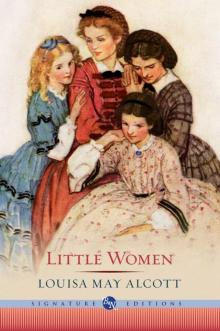 Little Women
Little Women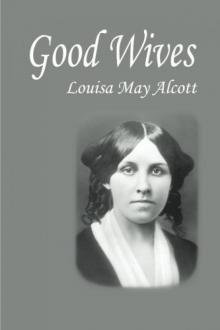 Good Wives
Good Wives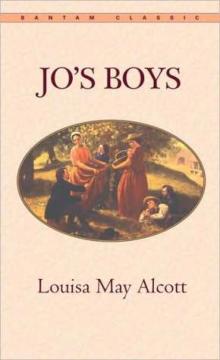 Jo's Boys
Jo's Boys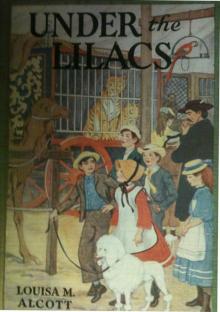 Under the Lilacs
Under the Lilacs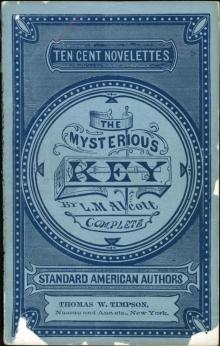 The Mysterious Key and What It Opened
The Mysterious Key and What It Opened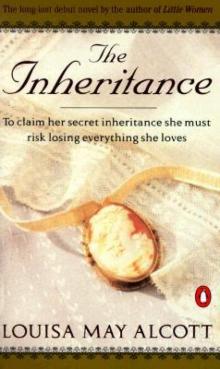 The Inheritance
The Inheritance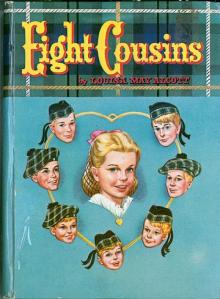 Eight Cousins
Eight Cousins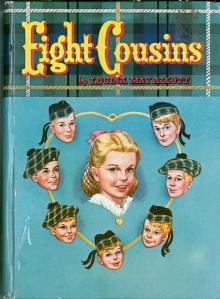 Eight Cousins; Or, The Aunt-Hill
Eight Cousins; Or, The Aunt-Hill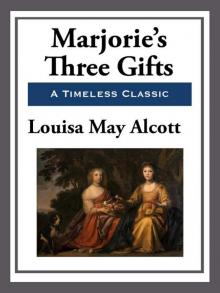 Marjorie's Three Gifts
Marjorie's Three Gifts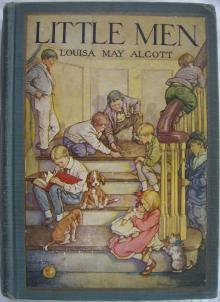 Little Men
Little Men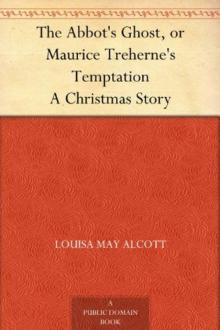 The Abbot's Ghost, or Maurice Treherne's Temptation: A Christmas Story
The Abbot's Ghost, or Maurice Treherne's Temptation: A Christmas Story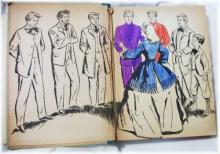 Rose in Bloom
Rose in Bloom Shawl-Straps
Shawl-Straps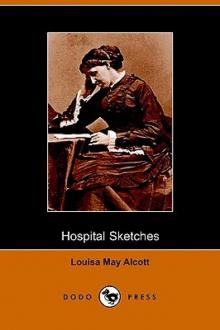 Hospital Sketches
Hospital Sketches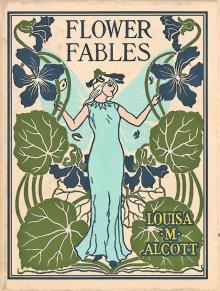 Flower Fables
Flower Fables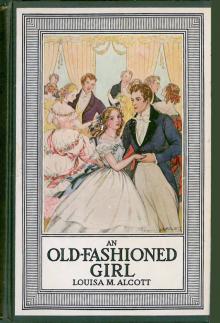 An Old-Fashioned Girl
An Old-Fashioned Girl The Candy Country
The Candy Country Jack and Jill
Jack and Jill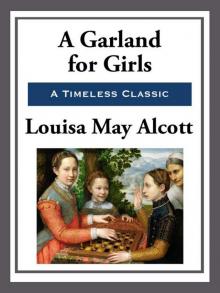 A Garland for Girls
A Garland for Girls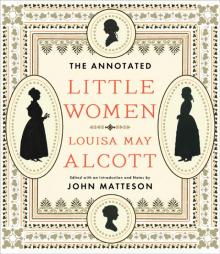 The Annotated Little Women
The Annotated Little Women A Classic Christmas
A Classic Christmas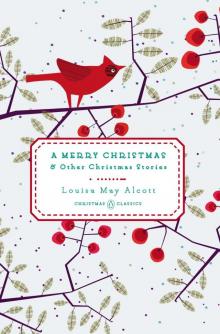 A Merry Christmas
A Merry Christmas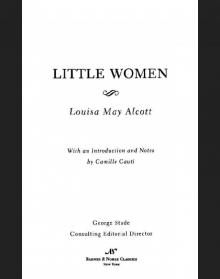 Little Women (Barnes & Noble Classics Series)
Little Women (Barnes & Noble Classics Series)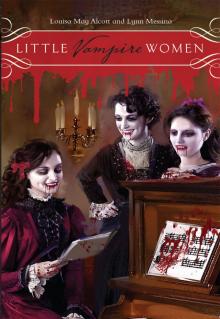 Little Vampire Women
Little Vampire Women